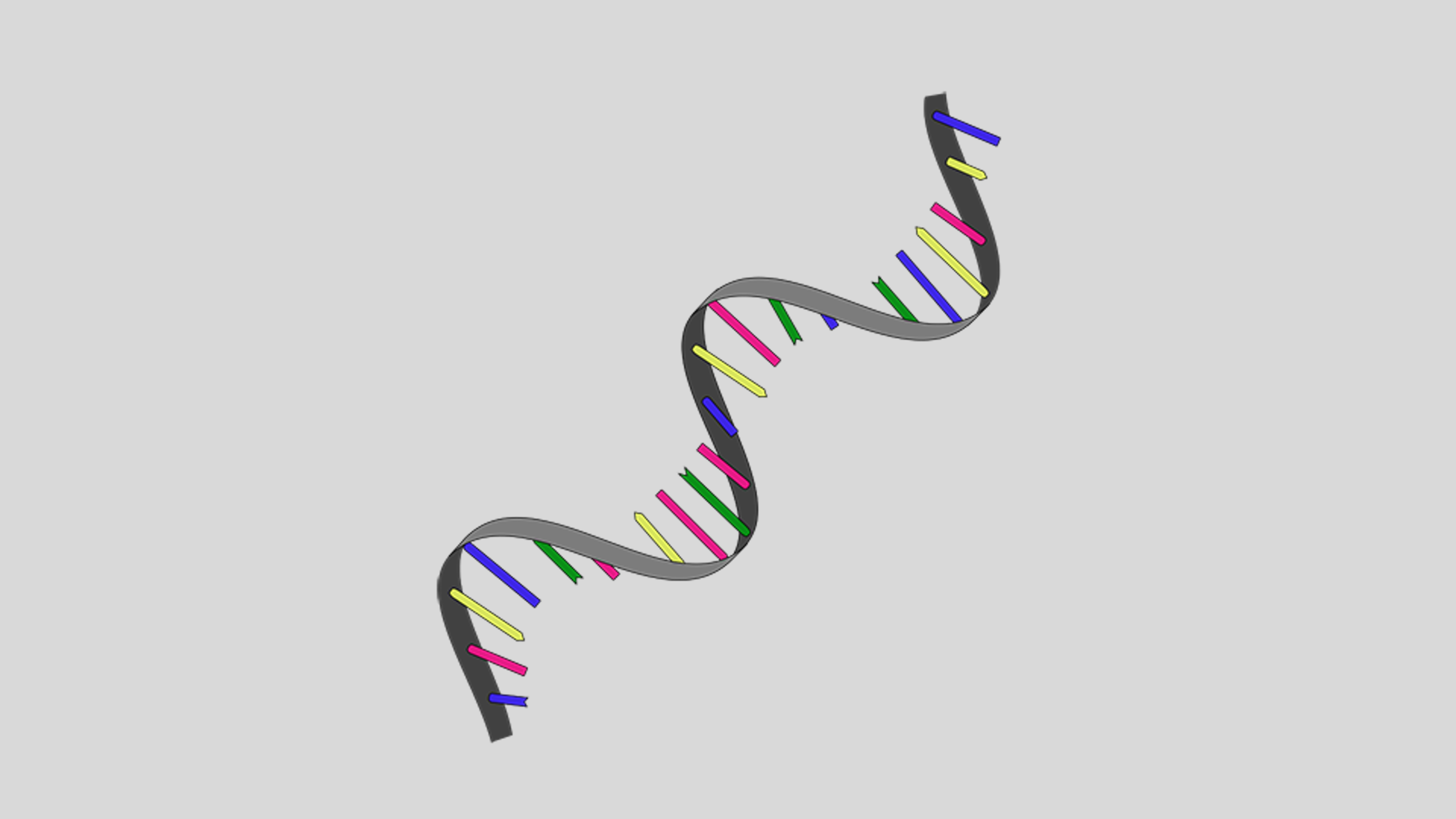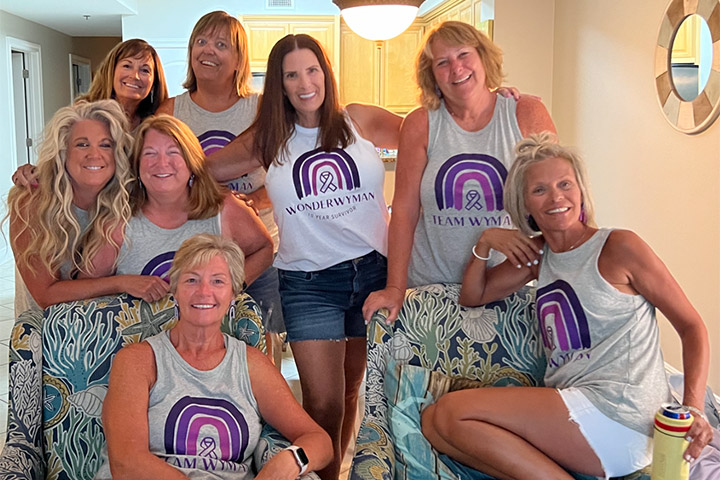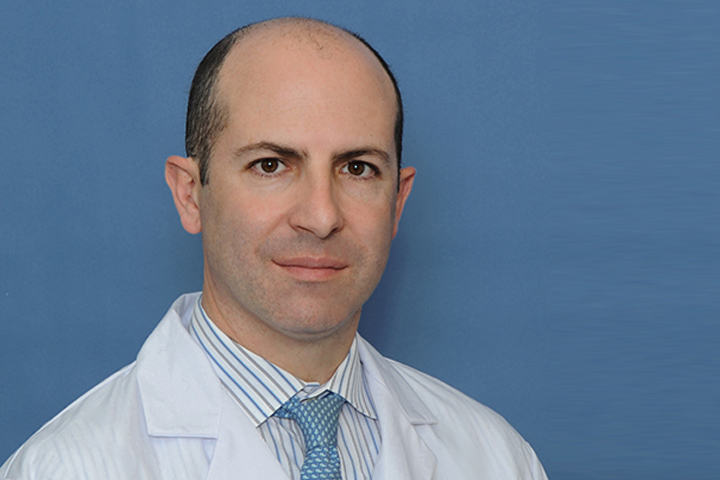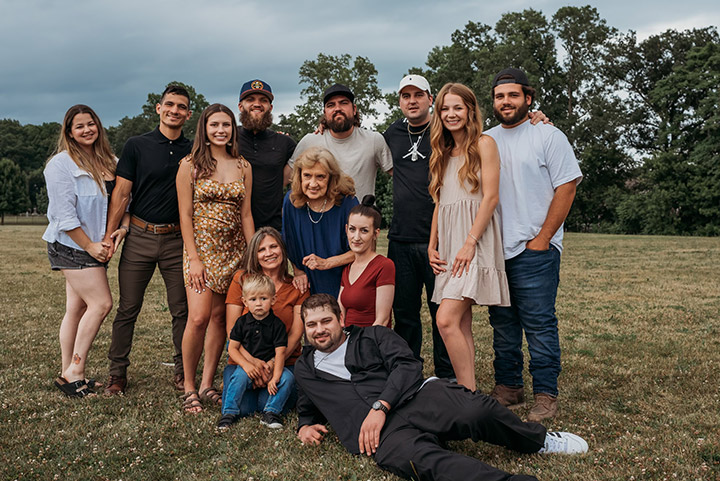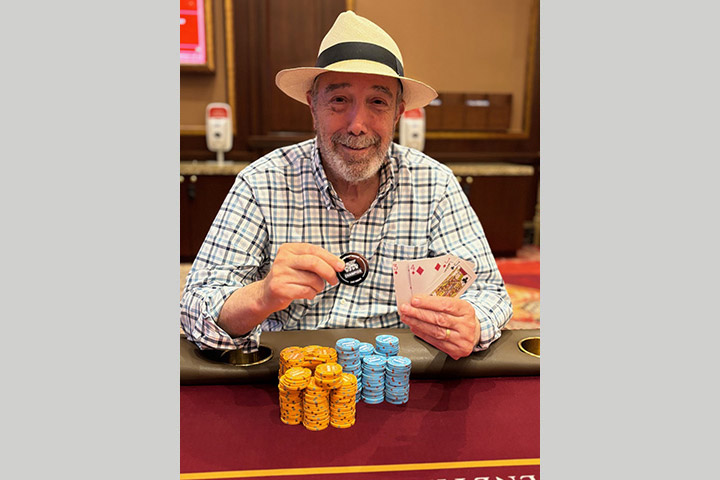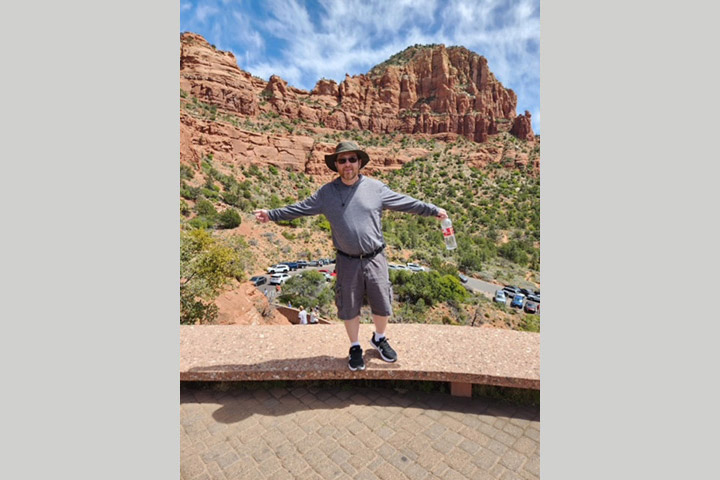Solving My Problem Saved My Life
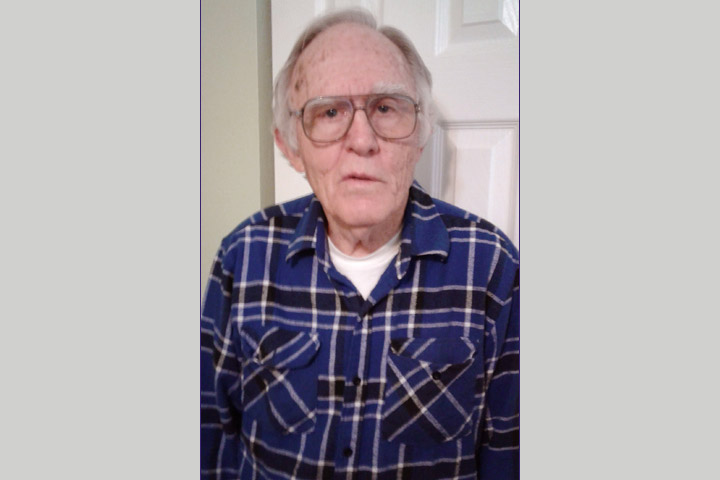
- Nausea leads to pancreatic cancer diagnosis
- Testing, and then a Whipple procedure
- A clean bill of health for me
When I threw up one day in December 2004, I figured it was something I ate.
Three days later I still did not feel right. I had an uncomfortable feeling in my chest, where my ribs join. I tried to get an appointment with my doctor, Dr. Steven Pepper, but he was not available so I saw his partner. I believe this doctor saved my life by solving my problem.
Testing, then a Whipple Procedure
I told the doctor my problem and he poked around my stomach area. He sent me to the lab on the third floor to get a blood test. The people at the lab also had me drink some contrast liquid on the way to St. Joseph Hospital, where I was to get a CAT scan, stat. (The CAT scan revealed fur balls ![]() .) I had the scan and was sent home.
.) I had the scan and was sent home.
The next evening, I got a call from the hospital. I was told to “report to the emergency room. You have pancreatitis.” (Thank goodness for spell check.) I did not eat for a couple of days, and then they sent me to St. Louis University Hospital (SLUH). I had an ERCP (endoscopic retrograde cholangiopancreatography), where they went down my throat. They put in some kind of drain or shunt. Two days later I went back and they did another ERCP and did a needle biopsy. I had pancreatic cancer.
I was sent to see Dr. Todd Howard, a surgeon. The doctor at SLUH and Dr. Howard were planning to remove the tumor on my pancreas. I went to Missouri Baptist Hospital in St. Louis and had a Whipple procedure in January 2005. When I woke hours later, Dr. Howard said there was a tumor on the head of my pancreas and he got it all. Later I found out that my lymph nodes were clear.
I left the hospital after three weeks. I had to learn a new way to eat. I knew I could not taste food, but I was told that would go away—and it did. My doctor said try different foods, and you will find what you can eat or not. He also said I could try enzymes and adjust doses as required.
I went back to Dr. Howard twice the first year for blood tests and CAT scans. The next four years I had scans and tests once a year. When five years had passed Dr. Howard told me “Do not come back. You are free of cancer.”
A Poignant Coda to my Story
I was back at work two months after my surgery, and continued working until I retired two years later, at age 69. I am 80 now, and am doing great. I take enzymes but that is it. The lesson I learned is: listen to your body and do not ignore symptoms. I knew something was wrong and I went to the doctor right away.
In 2014 I returned to Dr. Howard’s office with my wife Wanda. He said, “I thought I told you not to come back.” But this time my wife was the patient. She had a Whipple in June 2014, and was released one week later. What a difference—the hospital had a dietitian talk to her for about an hour. The dietician gave us lots of pamphlets on diet, and came back the next day to see if we had any questions.
Unlike me, Wanda’s lymph nodes were not clear and she died 15 months later.

